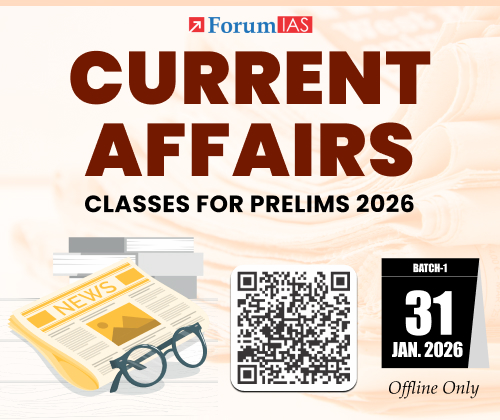Contents
Source: The post is based on an article “Plain way to make planes safe” published in The Times of India on 29th July 2022.
Syllabus: GS 3 Infrastructure; Aviation Sector
Relevance: Safety in Aviation Sector
News: Recently, the Directorate General of Civil Aviation (DGCA) issued an order to a budget airline. DGCA curbed its schedule of operations and will maintain enhanced surveillance over its flights during this curtailed schedule period.
Reasons behind the issuance of the order
There has been a rise in the incidence of aircraft snags in the past few months, The DGCA spot checks found certain common concerns across airlines, like 1) shortcomings in maintenance Standard Operating Procedures (SOPs), 2) Shortage of trained manpower to check and certify aircraft before each take-off, especially in light of the increase in flights post Omicron.
One of the primary checks in the area of airworthiness is the daily snag and defect monitoring mechanism. This is done by the DGCA officials who are required to attend airlines’ quality control system meetings which are conducted by airlines’ quality assurance departments.
What are the challenges facing the aviation sector?
(1) Licensed aircraft maintenance engineers carry out snag rectification. India has adopted the European Union Aviation Safety Agency (EASA) system for aircraft maintenance personnel. It mandates a Category-A licence for technicians, which is based on knowledge and experience and is without any aircraft-type rating. This has been misused. It was found that rectification and certification of snags were done by Category-A licence holders and not type-rated engineers.
(2) The misuse happens due to the non-availability of type-rated engineers at most of the stations.
(3) Currently, airlines regulate licensed aircraft maintenance engineers. They train only a limited number of technicians who can obtain licences, just enough to meet their own requirements. This leaves a huge gap in the availability of this critical trained manpower for establishing maintenance, repair and overhaul (MRO) organisations.
(4) The DGCA, the aviation regulator itself, is short of experienced manpower. The number of airworthiness officers with over 15 years of experience is limited.
Possible solutions for the safety and security
(1) The Aircraft Communications, Addressing and Reporting System (ACARs) can be used by the DGCA as an additional tool in its oversight function. It sends real-time information from the aircraft to ground stations about the condition of its various systems and sensors, maintenance faults, etc. Airlines can use them to monitor equipment health, repair, and maintenance activities.
(2) The DGCA should reconsider the present system of aircraft maintenance engineering system. It should issue guidelines on the positioning of properly-trained manpower at every station, and these should be strictly followed.
(3) The DGCA should periodically review the adequacy of such manpower requirements based on the increase in airlines’ fleet size, increase in aircraft positioned at a station, and increase in the scheduled flight turnaround for every station in the airline network.
(4) The aviation ministry must establish an alternative system to ensure that a larger number of technicians get adequate training and experience to acquire ratings on different aircraft types.
(5) The DGCA should recruit a greater airworthiness officer for regulations and carry out safety oversight.
DGCA must bring out a new strategy to ensure airworthiness standards with urgency.






